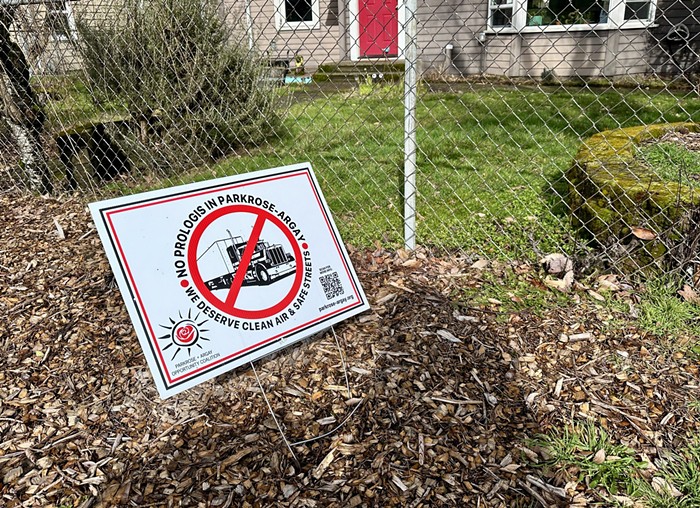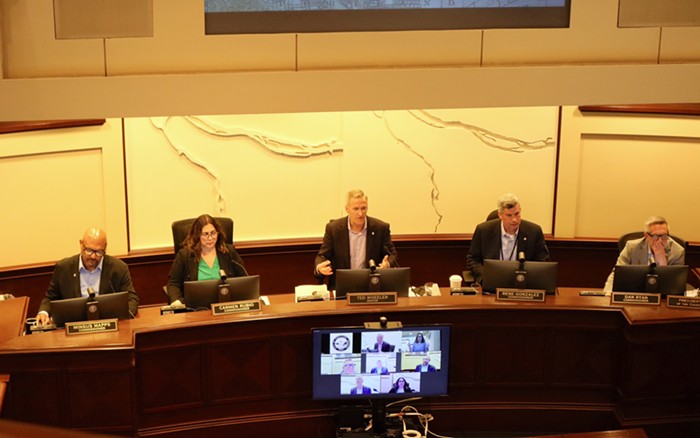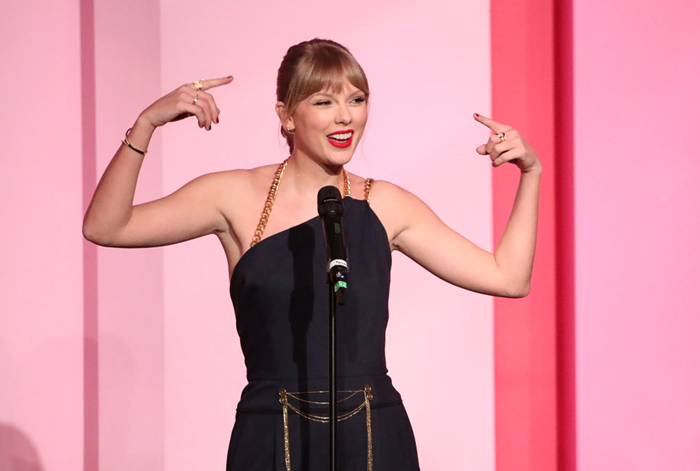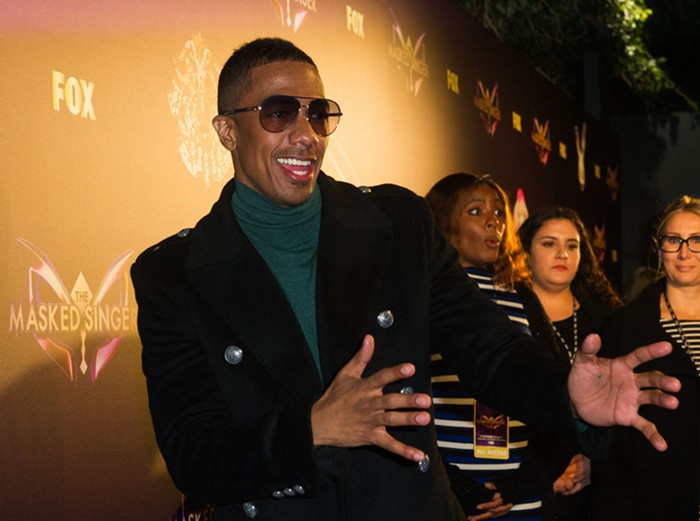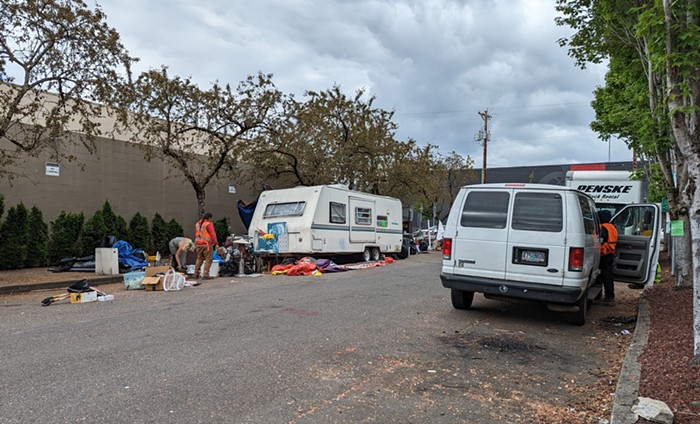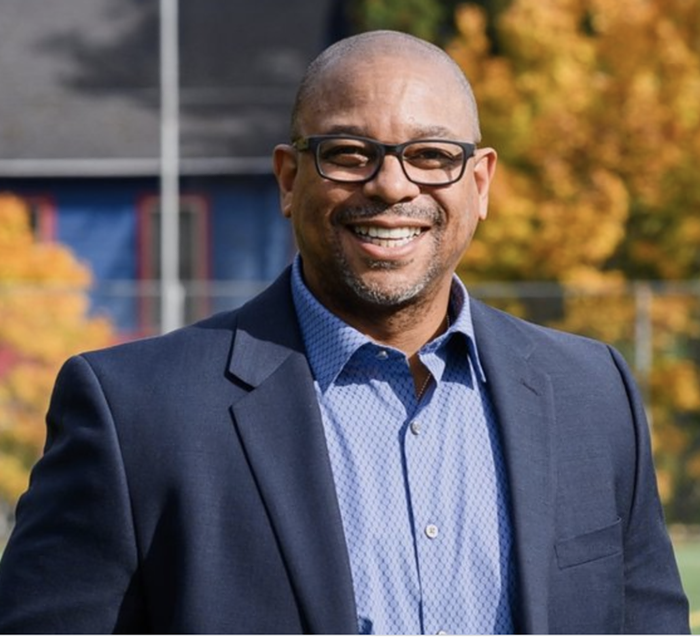IF YOU DON'T know the work of Jack Ohman, you should—he's one of the best editorial cartoonists in the nation. A Minnesota native, Ohman became the youngest syndicated cartoonist in the country at age 19, and landed work as the Oregonian's editorial cartoonist for 29 years, producing thousands of cartoons and winning a pile of prestigious awards, including being a finalist for the Pulitzer this year. This month, he's packing up his life and moving to California to become the staff cartoonist for the Sacramento Bee.
___________________________________________________________
MERCURY: Did you draw comics when you were a kid?
JACK OHMAN: Back in the 1970s in junior high and high school, I did some comics. They were about things that happened at school, with a caricature of the principal. He was a proto-fascist with a shaved head and I used to draw him like a German commandant. They were mimeographed, I guess, for the school newspaper. He didn't like them. It was weird to have your subject in the same building as you. I was a real thorn in his side. We had a very courageous newspaper advisor. She didn't like him, either. She liked sticking it to him. She told me, "You could become one of America's best editorial cartoonists." And I thought, "Huh, I thought I was going to be president."
_________________________________________________________________________________________
Ha! Did you actually want to be president?
I wanted to go into politics. I think every 17-year-old wants to become president, but then you realize it takes $65 million.
_________________________________________________________________________________________
Were you nervous about printing those cartoons of your principal? Are you ever nervous publishing now?
When you get into your 50s, you're past that moment of nervousness about your work because you become very fatalistic. Sometimes I think, "Wow, I wish I had more time to execute the columns on the White House." But I'm not nervous about the statements I make. The difference between writing about the president and writing about the principal is that the president doesn't care.
_________________________________________________________________________________________
Can you remember the first cartoon you published? My first cartoon for the Minnesota Daily was about Nixon, well, actually about Andrew Young [a Congressional Black Caucus member who supported Nixon's choice of Gerald Ford as vice president], saying he was a political prisoner. I was exhilarated to see my work in the paper every day. It was always strange to think, with the college newspaper, that 40,000 people were looking at the same exact thing at the same time.
_________________________________________________________________________________________
What are you sick of drawing?
Fundamentally, I think I'm a writer at heart and political cartooning is a writing job, not a drawing job. There are certain subjects that keep coming up over and over during the course of my career. I don't know how many times I had to draw Saddam Hussein or Yasser Arafat being a bad guy. I try to take each cartoon as a little logic problem. How can I draw the White House differently today? Or how can I draw Obama better today? If it bores you, it'll bore the reader.
_________________________________________________________________________________________
How do editorial cartoons fit into the media landscape today, versus when you started?
They should be fitting in better than they are. Editors keep saying, "We want visual, visual, visual!" And it's the one thing that's indigenous to American newspapers that's really visual. You'd think they'd want more editorial cartoonists.
_________________________________________________________________________________________
It seems to me like newspapers often scramble around looking for expensive, trendy new ideas, when maybe they could better use their current content.
Yeah, a lot of times, I think newspapers have been casting about when the solutions are kind of in front of them. Newspapers will have 15 to 20 columnists and one cartoonist. Or zero cartoonists. Wouldn't it be cool if there were a newspaper that employed a liberal cartoonist and a conservative cartoonist? Then there would be a little dogfight going on every day. It would be great if people could make a decent living doing comics journalism. The Oregonian was great about letting me do that. I was heartened by the Bee's decision to keep the tradition of editorial cartooning alive, which is more than I can say for most newspapers.
_________________________________________________________________________________________
How are Oregon politics different than when you moved here?
It's more liberal. When I came out here, there was a Republican governor, a Republican treasurer, and two Republican senators, and the mayor was basically a Republican. It was completely different. You have to be ecumenical in your commentary and your approaches. I have as many friends and enemies in the Democratic Party as I do in the Republican. You can call up Ron Wyden and ask him if he still likes my political cartoons. I don't think he does. I think it's good for the process to have someone who's out of the process independently critiquing it.
_________________________________________________________________________________________
What's behind your move to California? I have multiple reasons for wanting to go. I've been in the same job for 29 years. I think every Minnesota boy wants to eventually move to California. Being able to write about California politics is amazing. I drew my first drawings of Jerry Brown in high school and I still have those drawings. Also, I have the opportunity to help the family of my best friend, [former Sacramento Bee cartoonist] Rex Babin, who died when he was 49. Here I have the opportunity to help his wife and help raise his son. My kids are all grown up now.

